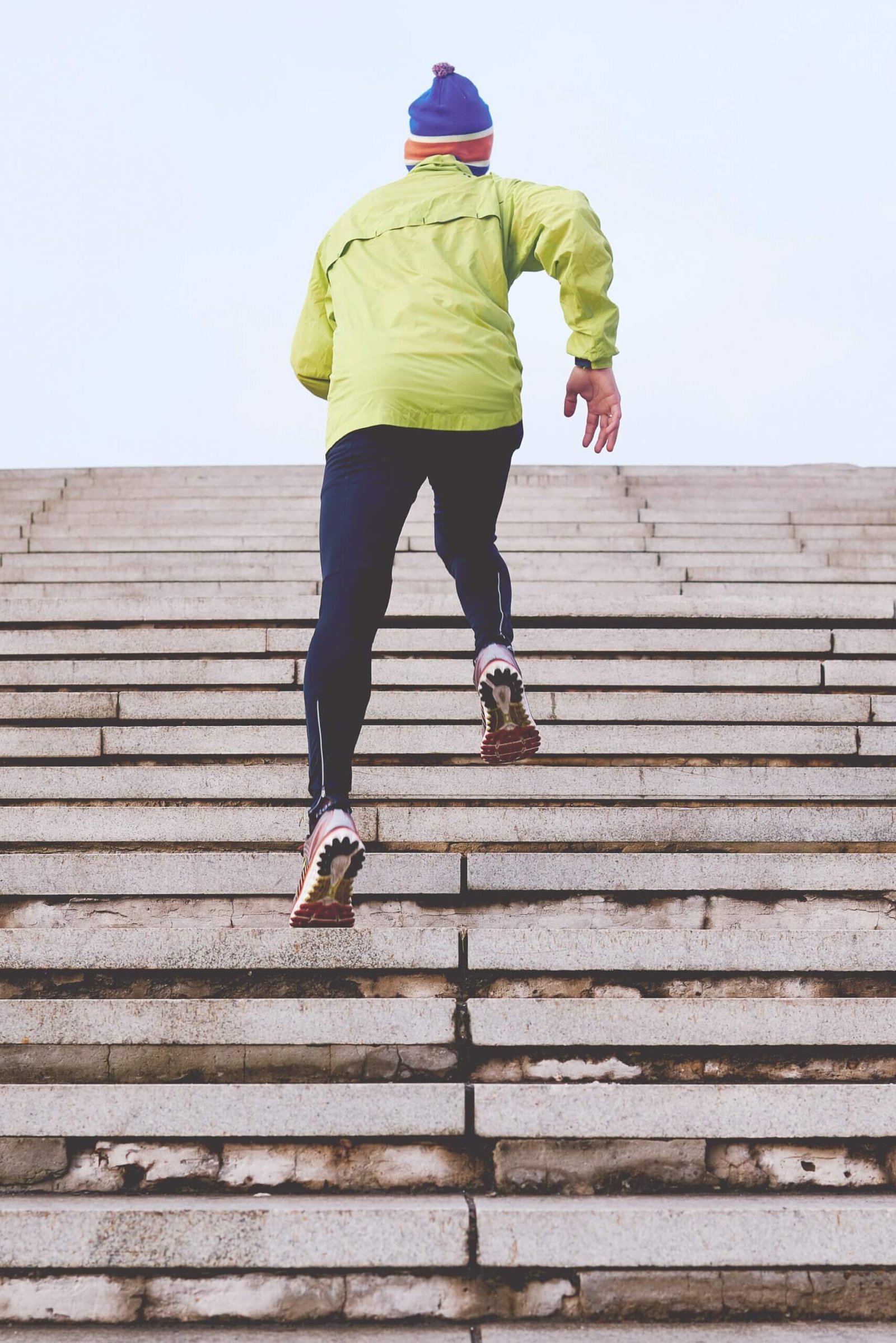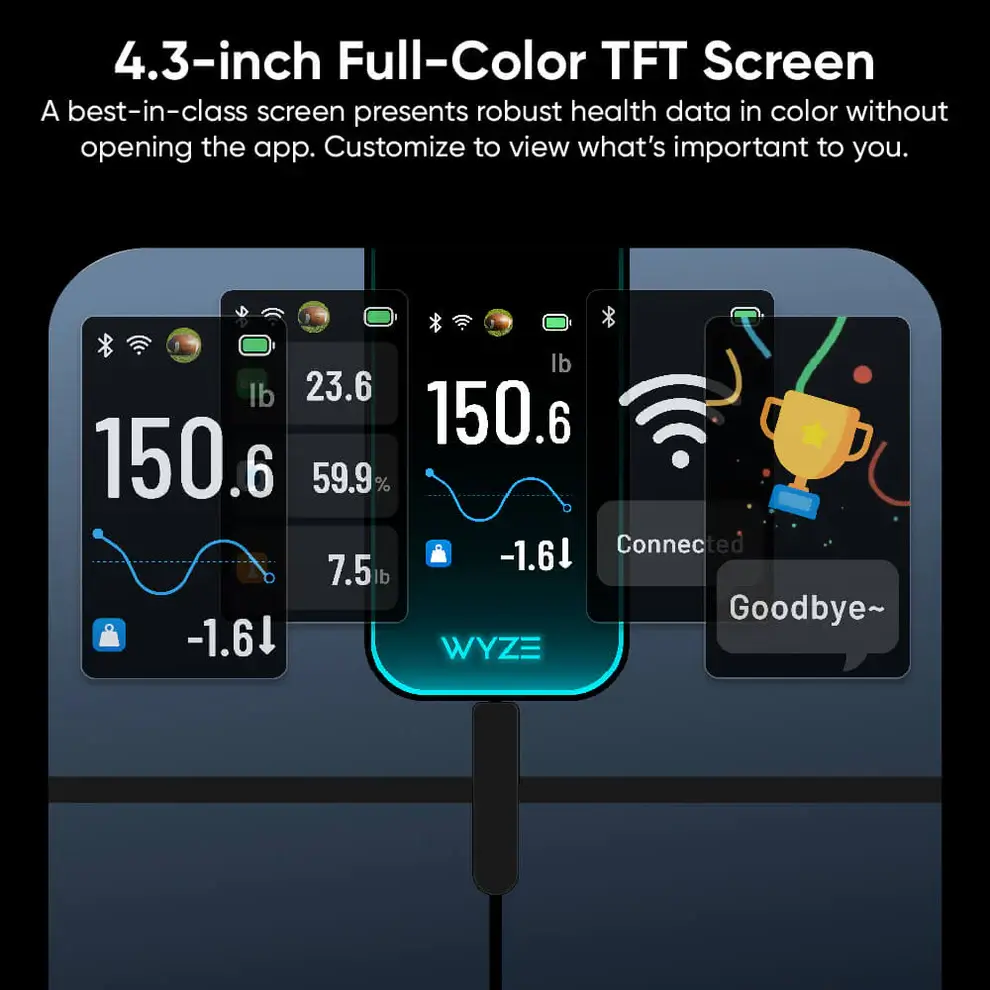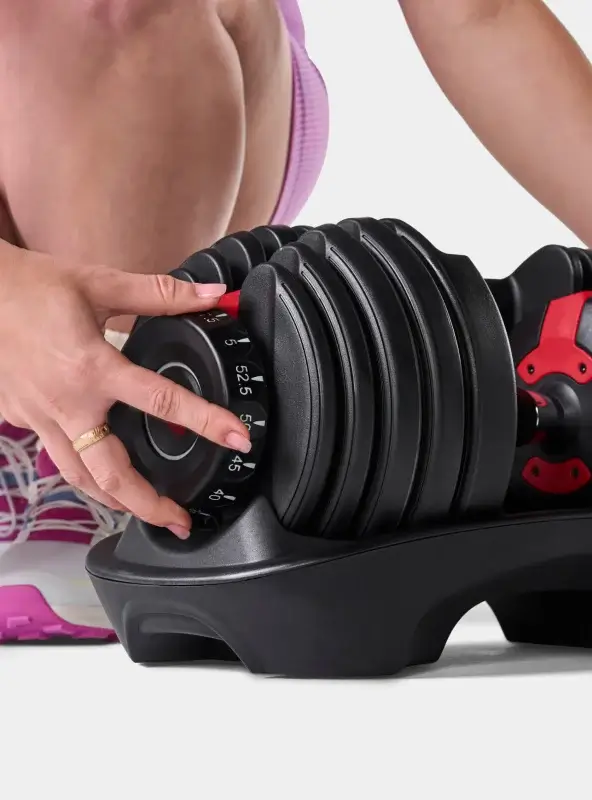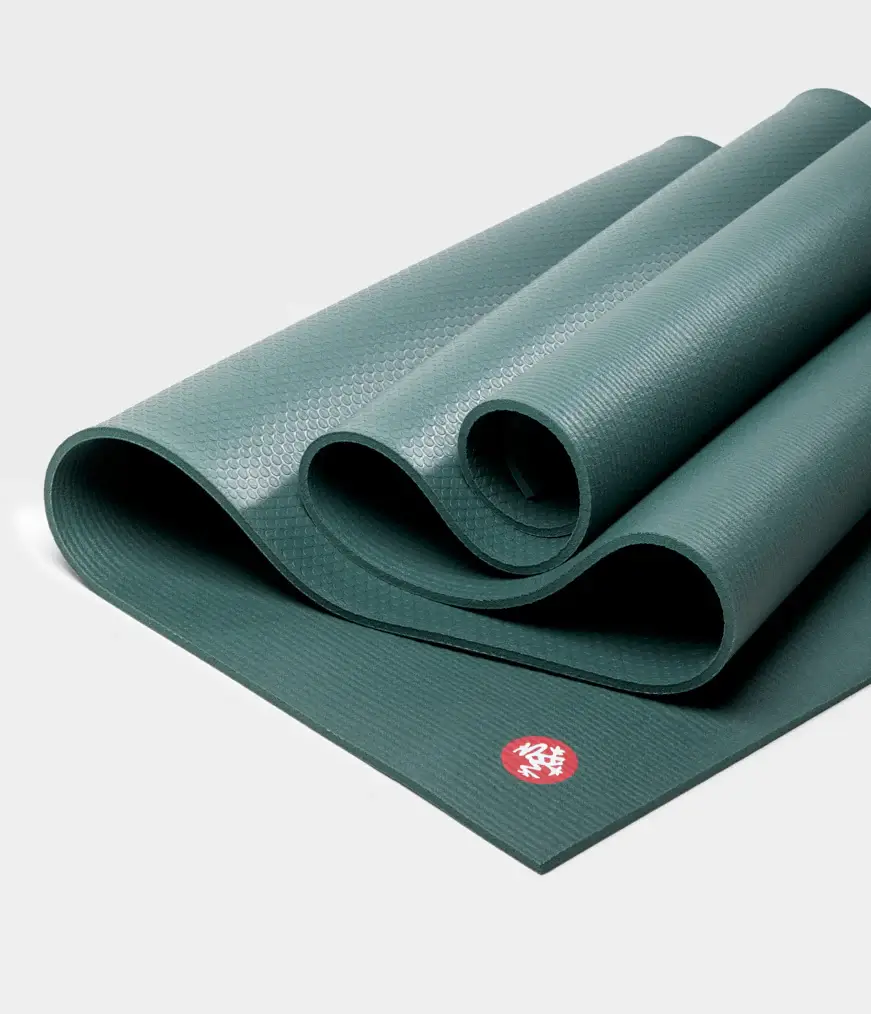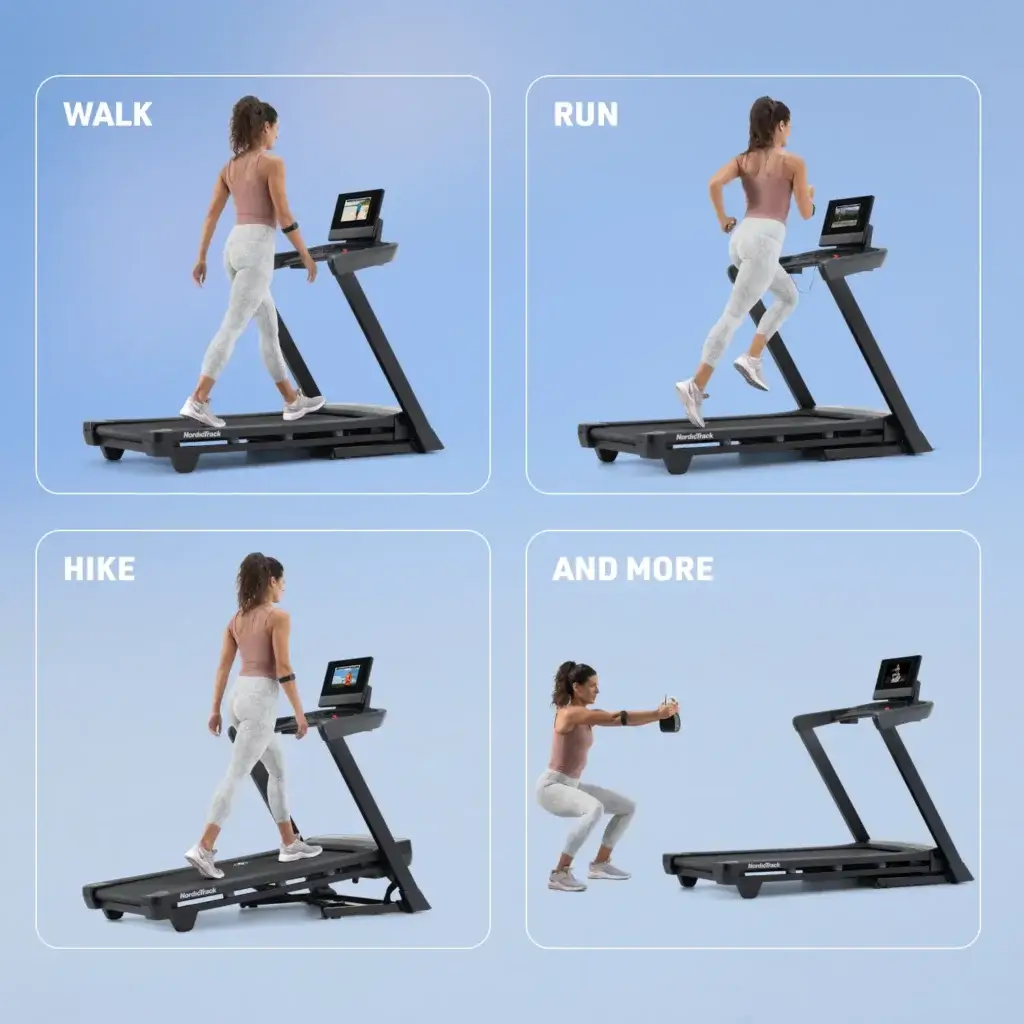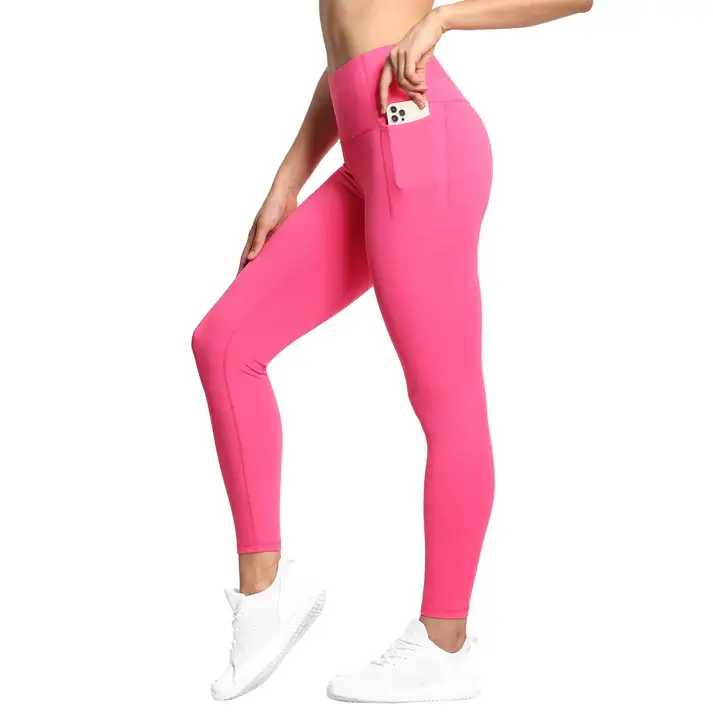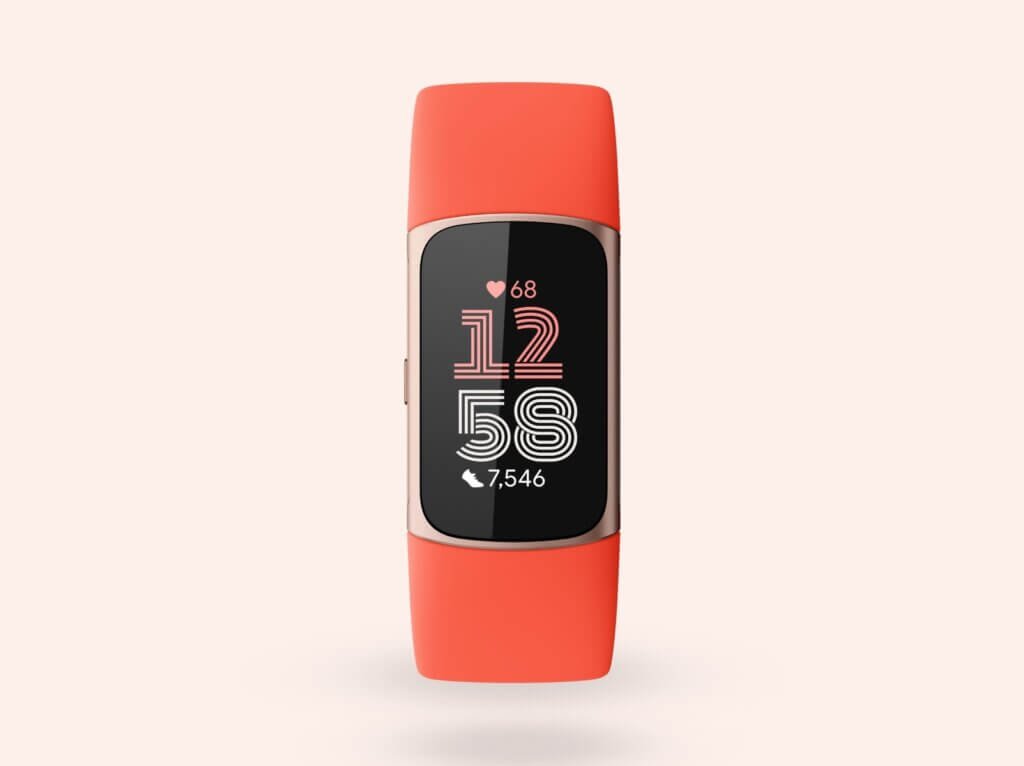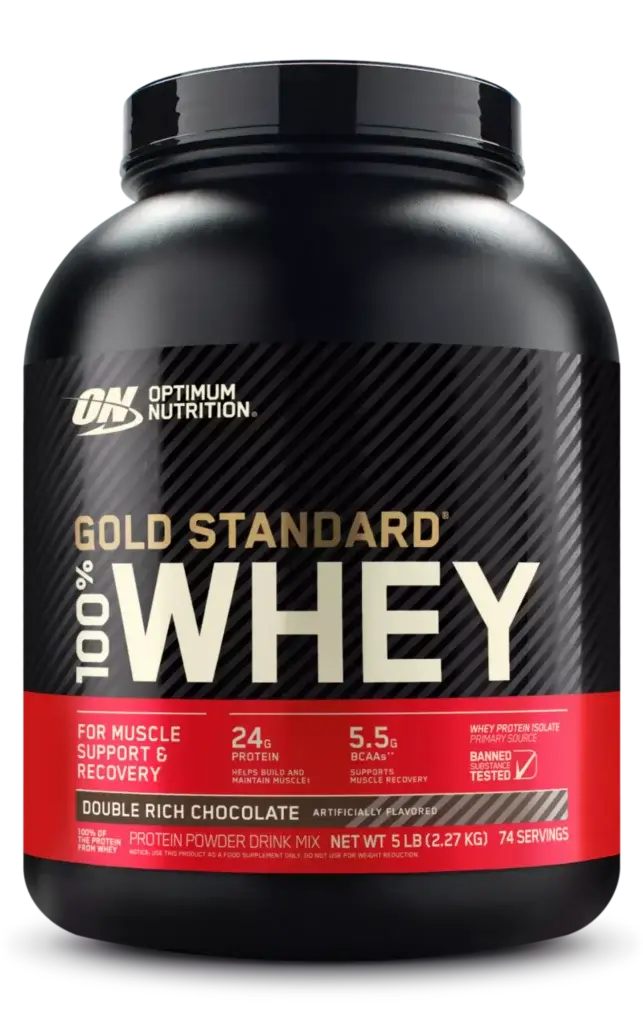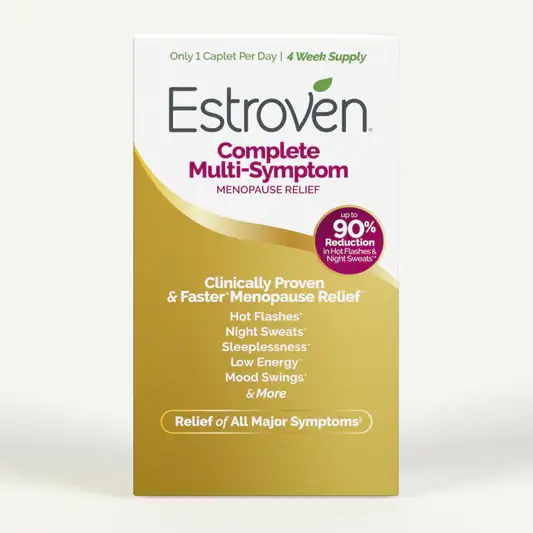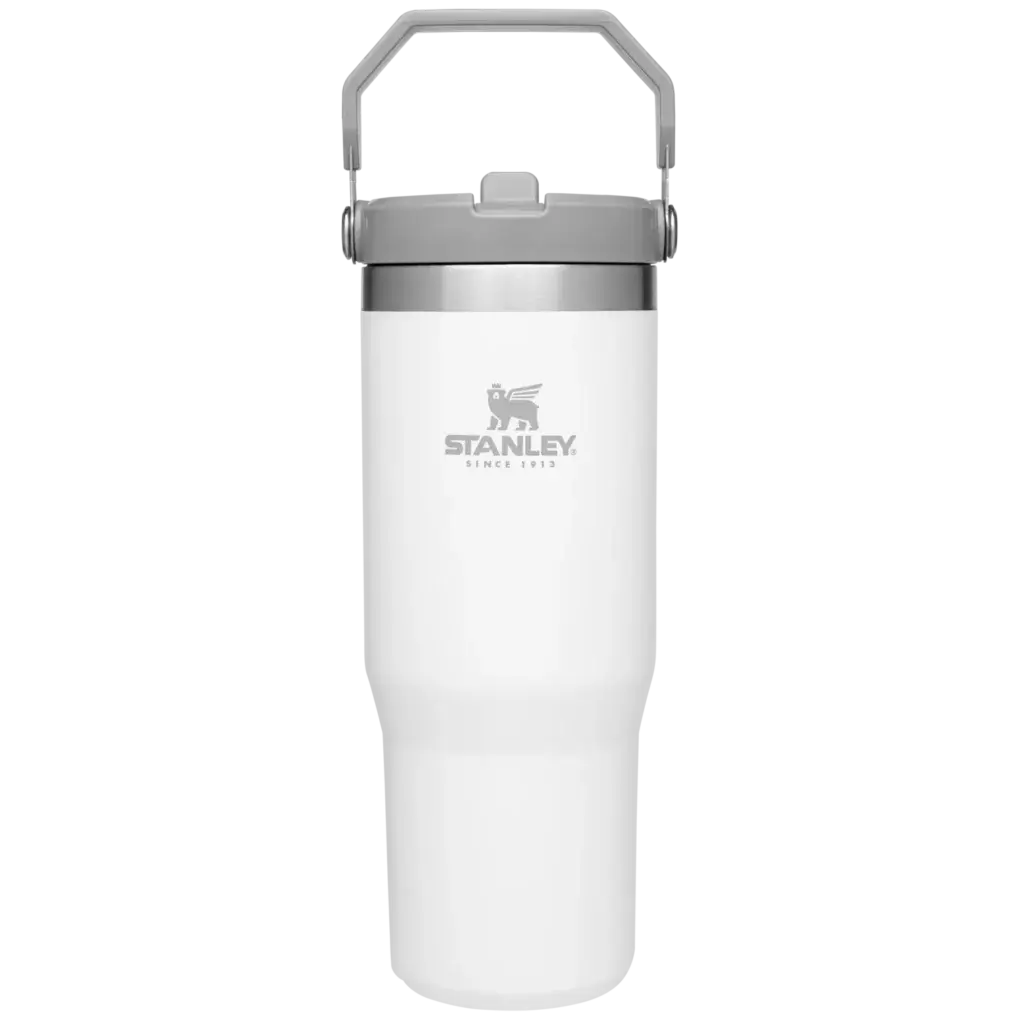Physical Fitness: A Comprehensive Guide to Enhancing Your Health
When I talk about physical fitness, I’m really talking about giving your body the care it deserves. It’s like keeping your car in top shape so it can take you everywhere you want to go. For us, being fit means we can do our daily activities without getting tired quickly, and we’re less likely to get sick from chronic diseases. Plus, being active makes us feel good about ourselves, and it’s fun too. Whether it’s dancing, playing sports, or just going for a walk, every bit helps us stay healthy.
I’ve seen firsthand how starting a fitness program can transform lives, especially for girls and women. It’s not just about losing weight; it’s about building strength, both physically and mentally. From young girls to older adults, everyone can improve their health through regular physical activity. This includes everything from cardio for a strong heart to exercises that build muscular endurance and flexibility. And let’s not forget the importance of a balanced body composition. It’s all about making positive changes that last a lifetime.
The Foundation of Physical Fitness
At the core of physical fitness is a balance of health-related physical fitness and skill-related physical fitness. For everyone, especially girls and women, understanding and working on our body composition, cardiovascular endurance, muscular strength, and flexibility prepares us for daily activities. It’s not just about looking good; it’s about feeling good and reducing the risk of chronic disease. Building a strong foundation in these areas supports a healthy and active lifestyle.
Understanding Body Composition
Understanding your body composition is a crucial first step towards a healthier you. It’s all about the balance between fat, muscle, and bone in your body. Having a healthy amount of body fat is important because it protects your organs, keeps you warm, and gives you energy. But it’s all about balance. Too much or too little body fat can lead to health problems. That’s why it’s key to know where you stand.
How is Body Composition Calculated?
Calculating your body composition might sound complicated, but it’s actually pretty straightforward. There are several ways to do it, but one common method is using a scale that sends a mild electric current through your body. This helps estimate how much of your weight comes from fat. It’s a cool piece of technology that gives us valuable insights into maintaining a healthy amount of body fat, which is crucial for overall health. I would recommend this to Track body fat, muscle mass, supporting health monitoring.
The Role of Muscular Strength
Having muscular strength is about more than just being able to lift heavy things. It’s a key part of a balanced fitness program that helps us in everyday life. Whether it’s carrying groceries, opening a tight jar lid, or moving furniture, strong muscles make these tasks easier. Plus, building muscular fitness helps us look and feel our best.
How Does Muscle Structure Change With Exercise?
When we become more physically active, our muscles go through some amazing changes. For starters, exercise helps increase muscle strength, making it easier to do everyday tasks. And it’s not just for young people; older adults can see big benefits too. Regular exercise helps improve muscle tone and function, which can make a huge difference in staying independent and active as we age.
Building Muscular Endurance for Longevity
A solid fitness program doesn’t just focus on how strong your muscles are but also on how long they can keep going. That’s where muscular endurance comes in. It’s all about how long you can keep moving or carry a load before getting tired. This kind of endurance is super important for everything from climbing stairs to running a marathon. Building up your muscular endurance means you can stay active and feel good doing it. I would recommend this for Versatile for strength training, aligns with muscle fitness.
Flexibility: The Key to Preventing Injuries
Being flexible isn’t just about being able to touch your toes; it’s a crucial part of avoiding injuries. Regular physical activity that includes stretching can lead to health benefits like reduced symptoms of depression and anxiety, better mental health, and higher levels of physical well-being. Plus, being flexible helps with everyday movements and can make your workouts more effective. I would recommend this for Support yoga and stretching, crucial for injury prevention.
Maximizing Cardiovascular Health
One of my top priorities is helping people understand the importance of regular physical activity for heart health. It’s amazing how something as simple as a brisk walk each day can strengthen your heart and improve your overall health. Let’s dive into how we can keep our hearts happy and healthy. I would recommend this Treadmill to enhance heart health with adjustable speeds and inclines.
Aerobic Exercise: Benefits for Heart and Lung Health
Aerobic exercise is fantastic for your heart and lungs. It gets your blood pumping and increases your lung capacity. This means more oxygen can travel through your body, helping you feel more energized and alert.
Aerobic Fitness: Running or Jogging Test
One way to check your aerobic fitness is by doing a running or jogging test. It’s a simple yet effective way to see how well your heart and lungs are working. Plus, it gives you a clear idea of where you’re at and how you can improve. I would recommend this wear – comfortable for various exercises, supports active lifestyle.
How Does Heart Health Change With Exercise?
Regular aerobic exercise can lead to some incredible changes in heart health. Over time, your heart becomes more efficient, pumping more blood with each beat. This can lower your resting heart rate and reduce your risk of heart disease. It’s a win-win for your health.
How Does Lung Health Change With Exercise?
Just like your heart, your lungs get stronger and more efficient with regular exercise. You might notice you’re not as short of breath when climbing stairs or running to catch the bus. It’s all thanks to the power of aerobic activity in improving your lung health.
Anaerobic Exercise: Enhancing Power and Speed
Anaerobic exercise is all about short bursts of high-intensity activity. It’s great for building muscle and improving your speed and power. Think of sprinting or lifting heavy weights; these activities help you get stronger and faster.
High Intensity Interval Training (HIIT) for Optimal Results
HIIT is a game-changer for many people. It mixes short, intense bursts of activity with periods of rest. This type of training can really boost your fitness levels and help you see results faster. Plus, it’s a great way to keep your workouts exciting and challenging.
Monitoring and Measuring Progress
Keeping an eye on your progress is like having a personal cheerleader in your fitness journey. It’s not just about sweating it out; measuring how far you’ve come plays a huge role in staying motivated. I use a mix of tech gadgets and good old-fashioned methods to track improvements. This way, I make sure that every step, every lift, and every stretch counts towards reaching my goals. It’s all about celebrating the small victories on the way to the big ones. I would recommend Fitbit Charge 6 for monitoring heart rate, sleep, steps, aids motivation.
Aerobic Fitness: Understanding Your Heart Rate
Understanding your heart rate is like having a secret window into your fitness level. By keeping track of it, I’ve learned so much about my body’s response to different exercises. It’s fascinating to see how my heart gets stronger and more efficient the more I stay active. This simple measure helps me adjust my workouts to keep them effective and safe.
Checking Pulse Over the Carotid Artery
Checking my pulse over the carotid artery is a quick and easy way to see how hard my heart is working. I gently place two fingers on my neck, just beside my windpipe, and count the beats for 30 seconds, then double it to get my beats per minute. It’s a neat trick I’ve learned to ensure I’m exercising within my target heart rate zone, especially during intense workouts.
Aerobic Fitness: Target Heart Rate Zone
Finding my target heart rate zone was a game-changer for my fitness program. It’s the sweet spot where I get the most out of my aerobic exercises without overdoing it. By staying within this range, I maximize fat burning and cardiovascular benefits, making each run, bike ride, or swim count towards building a healthier heart and lungs. I would recommend
Assessing Muscular Fitness
Assessing my muscular fitness lets me know how strong and enduring my muscles are. It’s not just about lifting weights; it’s about understanding how my muscles work together during different activities. This knowledge helps me tailor my workouts to build strength and endurance effectively, ensuring I’m prepared for everything from leisure activities to emergency situations.
Muscular Strength and Endurance: Pushup Test
The pushup test is my go-to for checking my muscular strength and endurance. It’s simple: I see how many pushups I can do before I get too tired to continue. This test helps me gauge my upper body strength and endurance over time. Seeing improvements in my pushup count is incredibly motivating and shows me that my fitness program is on the right track.
Measuring Muscular Fitness
Measuring my muscular fitness involves more than just counting pushups. It’s about understanding how my muscles respond to different exercises, from leisure activities to more intense workouts. This knowledge is crucial for preparing my body for not just everyday tasks but also emergency situations where physical strength can make all the difference.
Tracking Body Composition
Tracking my body composition is key to understanding the changes happening in my body beyond just weight. It helps me see the balance between muscle and fat, giving me a clearer picture of my overall health and fitness. This insight guides me in adjusting my diet and exercise routine for better results.
Body Composition: Waist Circumference
Measuring my waist circumference regularly helps me keep an eye on my risk for heart disease and type 2 diabetes. It’s a simple yet powerful indicator of how much visceral fat I’m carrying around my midsection. By keeping this number in check, I’m taking a big step towards maintaining my overall health and well-being.
Body Composition: Body Mass Index
My Body Mass Index (BMI) is another tool I use to assess my overall health. By calculating my BMI, I get an estimate of my body fat based on my height and weight. It’s a quick check to see if I’m in a healthy range, guiding me in making informed decisions about my diet and exercise routine.
Health Benefits of Regular Exercise
Embracing regular exercise has transformed my life in more ways than I could have imagined. It’s not just about physical changes; the overall improvements to my health and mood are incredible. From the Mayo Clinic to fitness influencers, everyone agrees on the power of staying active. And I’m living proof of that.
Weight Control Through Physical Activity
Staying active has been my secret weapon in controlling weight and keeping weight gain at bay. It’s amazing how regular physical activity boosts my metabolism, helping me burn more calories every day. Plus, the mental health benefits of exercise, like stress relief and improved mood, keep me motivated to maintain a healthy lifestyle. The reduced risk of chronic diseases is just the cherry on top.
Controlling Blood Pressure and Reducing Inflammation
Regular exercise has been a lifesaver in controlling my blood pressure and reducing inflammation. I’ve found that consistent physical activity helps keep my blood pressure levels in check, reducing my risk of heart disease. Plus, the anti-inflammatory effects of regular workouts have improved my overall health, making me feel stronger and more resilient.
Boosting the Immune System and Cancer Prevention
Being physically active has done wonders for my immune system. I’ve noticed fewer colds and quicker recovery times, showing me just how much my body benefits from regular exercise. Plus, knowing that staying active can lower my risk of certain types of cancer motivates me to keep moving and stay healthy.
The Connection Between Mental Health and Physical Fitness
I’ve experienced firsthand the deep connection between mental health and physical fitness. Regular exercise boosts my mood and helps me manage stress more effectively. It’s fascinating how activities that improve my cardiorespiratory endurance also enhance my overall sense of well-being. This link between body and mind wellness is a powerful reminder of why I prioritize my health-related physical fitness.
Menopause and Physical Fitness: A Crucial Relationship
When women reach menopause, it feels like our bodies are changing in ways we didn’t expect. I’ve learned that staying active can really help with some of these changes. Health-related physical fitness becomes super important. It helps in managing weight, which can be tricky during menopause. Plus, regular exercise boosts mood and helps with those hot flashes. I found that a mix of activities, like walking and yoga, can make a big difference. It’s all about finding what makes you feel good and sticking with it. I would recommend estroven.
Navigating the Journey to Fitness
Starting a fitness journey isn’t always easy, but it’s so worth it. At first, it might seem like there’s a lot to learn and do. But, taking it one step at a time makes it manageable. I remember when I first started; I focused on setting small, achievable goals. This approach kept me from feeling overwhelmed. Remember, the journey to fitness is a marathon, not a sprint. It’s about making steady progress and enjoying the ride.
Activity Guidelines for Starting Your Fitness Journey
When I first started my fitness journey, I wasn’t sure where to begin. But I learned that focusing on mental health, managing weight gain, and aiming for a reduced risk of health issues were key. I started with simple activities like walking and gradually increased my exercise time. It wasn’t just about looking good but feeling good too. Finding activities that I enjoyed made it easier to stick with my routine and see the benefits of my efforts.
Stay Active: Incorporating Fitness into Your Daily Routine
The Department of Health and Human Services suggests adults get at least 150 minutes of moderate exercise or 75 minutes of vigorous activity each week. I found ways to fit this into my routine by lifting weights, staying active with chores, and taking walks. It’s about using your body weight, working different muscle groups, and building muscle strength. I love mixing strength training exercises into my week. It helps me stay balanced and keeps my heart and muscles happy.
Keep Track of Your Progress: Tools and Tips
Tracking my progress has been a game changer. Using tools recommended by sports medicine experts, like fitness apps or a simple journal, helped me see how far I’ve come. I also worked with a trainer at the beginning to set up a fitness program that was right for me. They taught me the importance of stress relief, fitness training, and even how to measure my waist circumference. Including balance and core exercises in my routine made a huge difference in how I felt.
The Evolution of Physical Fitness
It’s fascinating to see how our understanding of health-related physical fitness has changed over the years. From ancient times, when fitness was about survival, to today, where it’s about wellness and longevity. We’ve learned so much about how exercise benefits every part of our bodies and minds. It’s a reminder that staying active is one of the best things we can do for ourselves.
Historical Perspectives on Fitness
Looking back, fitness has always been a part of human culture, but the reasons and methods have evolved. Ancient civilizations valued physical strength for survival and combat. In contrast, today we focus more on fitness for health and wellness. This shift shows how our understanding of physical fitness has grown. It’s not just about being strong; it’s about living a long, healthy life.
How Research is Shaping Our Understanding of Exercise
Recent research has been a game-changer in how we understand exercise. Studies show how different types of exercise, from aerobic to strength training, impact our bodies and minds. We’re learning more about the science behind fitness and how it can prevent disease, improve mental health, and enhance quality of life. This knowledge is empowering us to make smarter choices about how we stay active.
Empowering Your Fitness Journey with Education
Education is key to a successful fitness journey. The more I learned about how my body works and what it needs, the better I could tailor my workouts and nutrition. Understanding the basics of exercise science and nutrition helped me make informed decisions. It’s amazing how a little bit of knowledge can fuel your motivation and help you achieve your fitness goals.
The Importance of Fitness Education
I can’t stress enough how important it is to educate yourself about fitness. Knowing the basics of how your body responds to different types of exercise and foods can transform your approach to working out. It’s not just about doing exercises; it’s about doing them right and for the right reasons. This foundation has been crucial for me in building a routine that’s enjoyable and effective.
From Mayo Clinic to Your Inbox: Staying Informed
Staying up-to-date with the latest fitness information has been so helpful. Subscribing to newsletters from trusted sources like the Mayo Clinic keeps me informed about new research and tips. It’s like having a health coach in my inbox. This habit has made it easier for me to adjust my routines and try new things based on the latest science.
Uniting for a Fitter Tomorrow
One of the most rewarding parts of my fitness journey has been connecting with others who share my goals. Together, we’re not just working out; we’re building a community dedicated to living healthier lives. This sense of support and accountability makes a huge difference in staying motivated. It’s about more than just individual goals; it’s about inspiring each other to be our best selves.
Embracing Community Support in Your Fitness Journey
Having a community to share my fitness journey with has been a game changer. Whether it’s a running club, a yoga class, or an online forum, being part of a group keeps me motivated. We celebrate each other’s victories and encourage one another during tough times. This support network has been invaluable in helping me stay on track and push through challenges.
Contributing to Groundbreaking Medical Research Through Fitness
Participating in fitness-related research studies has given my exercise routine a new sense of purpose. Knowing that my efforts could help scientists understand more about the health benefits of exercise makes each workout feel more meaningful. It’s exciting to think that by staying active, I’m not only improving my own health but potentially contributing to breakthroughs that could benefit others.
Your Path to Optimal Physical Health
On my journey to optimal physical health, I’ve learned that balance is key. It’s not just about intense workouts or strict diets. It’s about finding what works for you and fitting it into your life in a sustainable way. By focusing on health benefits and listening to my body, I’ve found a routine that keeps me strong, happy, and motivated. And I believe that anyone can do the same with the right approach and mindset.
Leveraging Resources and Tools for Enhanced Fitness
Today, we’ve got so many cool tools and resources to help us get fit. Think about fitness apps on your phone that track how much you walk or run and how many calories you burn. Or videos online that show you how to do exercises right at home. These tools make it easier for us to stay on track and see how we’re doing over time. It’s like having a personal coach in your pocket!
The Future of Physical Fitness: Innovations and Trends
The way we think about staying fit is always changing, and there are so many exciting things coming up! Imagine clothes that can tell you about your heart rate or how much you’ve sweat during a workout. Or virtual reality games that make you move and have fun at the same time. The future is all about making fitness fun and accessible for everyone, no matter where you are or what you like to do.
Achieving Balance and Wellness
Becoming truly fit isn’t just about moving your body. It’s about finding the right balance between physical activity, eating healthy foods, and taking care of your mind. When we pay attention to all these parts of our lives, we feel better, inside and out. It’s like a puzzle where every piece is important for the whole picture of health.
The Holistic Approach to Physical Fitness
I strongly believe that being fit is about more than just exercising. It’s about making choices every day that help your body and mind. Like choosing to eat fruits and veggies, getting enough sleep, and finding time to relax and do things you enjoy. When we look at fitness this way, it becomes a part of our life, not just a task on our to-do list.
Beyond Exercise: Nutrition and Mental Health
Let’s not forget that being active, like going for a brisk walk or doing aerobic exercise, is just one part of staying healthy. Eating right and taking care of our mental health are just as important. Foods that are good for us make our bodies stronger and our minds sharper. And when we feel good mentally, we’re more likely to keep being active. It all works together like a team. Stay hydrated.
Conclusion: Transforming Lives Through Physical Fitness
Embracing physical activity can truly change lives. It’s not just about looking good; it’s about feeling good, too. When we move our bodies, we’re taking care of our mental health and overall well-being. The American Heart Association says we should aim for at least 150 minutes of moderate-intensity physical activity per week. It’s a goal that can lead to a happier, healthier life for all of us.
The Lifelong Benefits of Embracing Physical Activity
Being active is one of the best gifts we can give ourselves. It helps control weight, reduces the risk of heart disease, and boosts our mood. And the benefits don’t stop as we get older; staying active can help us stay strong and independent throughout our lives. It’s a habit worth starting, no matter your age or fitness level.
Making Physical Fitness a Sustainable Part of Your Lifestyle
Getting fit isn’t a race; it’s a journey that lasts a lifetime. It’s about finding activities you love and making them a regular part of your day. Remember, even small changes can make a big difference in your health. Public health experts always say that moving more and sitting less can lead to a healthier heart and a happier life. So let’s make a promise to ourselves to keep moving, for our health and our hearts.
Please note that as an Amazon Associate, we earn from qualifying purchases at no additional cost to you. That helps us maintain the website and staff.
Discover More Insights
Gift Ideas for Teens: Cool, Unique Presents
Finding the perfect gift for a teenager can be a delightful yet challenging experience, especially when considering the best gifts for teen girls. With their ever-evolving tastes and interests, selecting gifts for teens that resonate with their unique personalities...
Quick & Easy Chicken Stir Fry Recipe
Master this quick & easy chicken stir fry recipe! Get our best stir fry sauce for a delicious, healthy dinner in under 30 minutes.
Best Classic Chicken Salad Recipe
Elevate your favorite chicken salad recipe! Discover the Best Classic Chicken Salad Recipe with shredded chicken & crisp celery for the perfect homemade sandwich.
Best No-Bake Eclair Cake Recipe with Chocolate Ganache
No bake eclair cake recipe – Creamy, chocolatey, and dangerously easy to make, this no-bake Eclair Cake stacks graham crackers, vanilla pudding, and whipped topping into a dessert
The Guide For Styling For Every Occasion
The Guide For Styling For Every Occasion – Unlock the secrets to effortless style with our tips on dressing for various occasions.
Embracing New Trends: A Comprehensive Overview
Unveil the secrets to staying ahead in the fashion world by embracing the latest trends that define your unique style. Explore how contemporary styles can transform your wardrobe and reflect your personal journey.Fashion is more than just clothing; it's a dynamic form...

